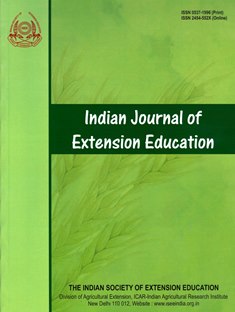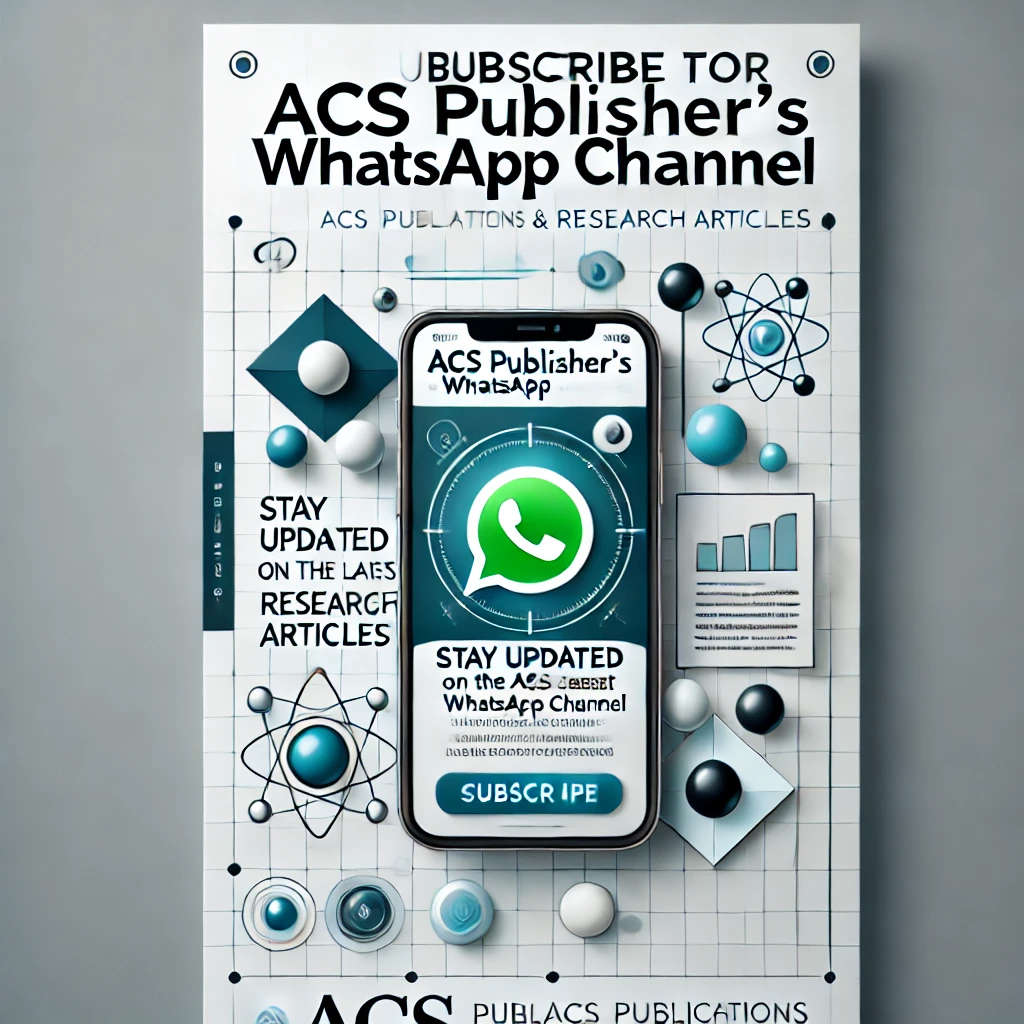Effect of Digital Devices and Parental Regulations on Adolescents’ Achievement Motivation: A Quantitative Study
DOI:
https://doi.org/10.48165/IJEE.2025.612013Keywords:
Digital, Screen-time, Achievement-motivation, Gadgets, ExposureAbstract
The increasing reliance on digital devices presents both benefits and challenges, particularly during adolescent years. The present study was conducted from January to December 2024. A sample of 300 adolescents aged 14-16 years was selected. Quantitative research design, self-structured close-ended questionnaires were administered through surveys. The study aimed to investigate the impact of digital devices and parental rules on the achievement motivation of adolescents. Participants reported that the use of digital devices for educational purposes and the time spent on these devices for school assignments significantly influenced their motivation. The findings indicated that distractions and lack of concentration in the classroom, attributed to digital devices, adversely affected the participants’ achievement motivation. Results also demonstrated that digital devices offer opportunities for personality development, which in turn influences achievement motivation. Parental regulations on screen time played a crucial role in shaping adolescent motivation, emphasising the importance of structured digital habits. The findings can assist teachers, educational institutions, policymakers, and counsellors in promoting mindful digital habits. Encouraging balanced screen exposure and reinforcing achievement motivation can contribute to healthier academic and psychological development among adolescents.Downloads
References
Baker, R., Gowda, S., & Corbett, A. (2011). Automatically Detecting a Student’s Preparation for Future Learning: Help Use is Key. EDM 2011 - Proceedings of the 4th International Conference on Educational Data Mining. 179-188.
Bhawna & Kaur, M. (2015). Academic achievement of adolescents in relation to parental encouragement. IOSR Journal of Research & Method in Education (IOSR-JRME), 5(3), 30-36.
Ethier, K. A., Harper, C. R., Hoo, E., & Dittus, P. J. (2016). The longitudinal impact of perceptions of parental monitoring on adolescent initiation of sexual activity. Journal of Adolescent Health, 59(5), 570–576.
Fantinelli, S., Limone, P., Esposito, C., Carlucci, L., & Sulla, F. (2023). The influence of individual and contextual factors on the vocational choices of adolescents and their impact on well being. Behavioral Sciences, 13(3), 233.
Gentile, D. A., Choo, H., Liau, A., Sim, T., Li, D., Fung, D., & Khoo, A. (2011). Pathological video game use among youths: a two year longitudinal study. Pediatrics, 127(2), e319-29.
Granic, I., Lobel, A., & Engels, R. C. (2014). The benefits of playing video games. American Psychological Association, 69(1), 66- 78.
Kwong, C. K. Y., & Fong, B. Y. F. (2019). Promotion of appropriate use of electronic devices among Hong Kong adolescents. Asia Pacific Journal of Health Management, 14(1), 36.
Lee, S. Y., Lee, D., Nam, C. R., Kim, D. Y., Park, S., Kwon, J. G., & Choi, J. S. (2018). Distinct patterns of Internet and smartphone related problems among adolescents by gender: Latent class analysis. Journal of Behavioral Addictions, 7(2), 454–465.
Lillard, A. S. (2015). The development of play. In L. S. Liben, U. Müller, & R. M. Lerner (Eds.), Handbook of child psychology and developmental science: Cognitive Processes, 7, 425–468.
Lowe, K., & Dotterer, A. M. (2013). Parental monitoring, parental warmth, and minority youths’ academic outcomes: Exploring the integrative model of parenting. Journal of Youth and Adolescence, 42(9), 1413–1425.
Meinam, M., Ojha, S. N., Singh, Y. J., Lahiri, B., & Meinam, T. (2023). Educational aspiration among of Manipur University, India. Indian Journal of Extension Education, 59(4), 77-81.
Murthy, J. V., & Tauro, V. G. (2024). Smartphone addiction and the associated factors of adolescents and purposes and pattern of smartphone Use. International Journal of Science & Healthcare Research, 9(1), 158-168.
Padilla-Walker, L. M., & Nelson, L. J. (2012). Black hawk down?: Establishing helicopter parenting as a distinct construct from other forms of parental control during emerging adulthood. Journal of Adolescence, 35(5), 1177–1190.
Pandey, D. K., De, H. K., & Dubey, S. K. (2020) Social Media Usage among Agriculture Collegian in North-Eastern India. Indian Journal of Extension Education, 56(2), 26-30.
Rodríguez-De-Dios, I., Van Oosten, J. M. F., & Igartua, J. J. (2018). A study of the relationship between parental mediation and adolescents’ digital skills, online risks and online opportunities. Computers in Human Behavior, 82, 186–198.
Rosen, L. D., Whaling, K., Carrier, L. M., Cheever, N. A., & Rokkum, J. (2013). The Media and Technology Usage and Attitudes Scale: An empirical investigation. Computers in Human Behavior, 29(6), 2501–2511.
Sharma, T. R. (2024). Academic Achievement Motivation Test. National Psychological Corporation.
Singh, S., Singh, A. K., Singh, P., & Roy, P. (2024). Perception of e learning among Banaras Hindu University Students: A comprehensive analysis. Indian Journal of Extension Education, 60(2), 43-46.
Suizzo, M. A., Marroquin, Y., Jackson, K. M., Mcclain, S., Pahlke, E., Hong, K., & Blondeau, L. A. (2015). Parents’ school satisfaction and academic socialization predict adolescents’ autonomous motivation. Journal of Adolescent Research, 31(3), 343–374.
Wani, M. A., & Masih, A. (2015). Achievement motivation: A study with reference to certain demographic variables. The Signage, 3, 1-10.
Downloads
Published
Issue
Section
License

This work is licensed under a Creative Commons Attribution-NonCommercial-NoDerivatives 4.0 International License.

